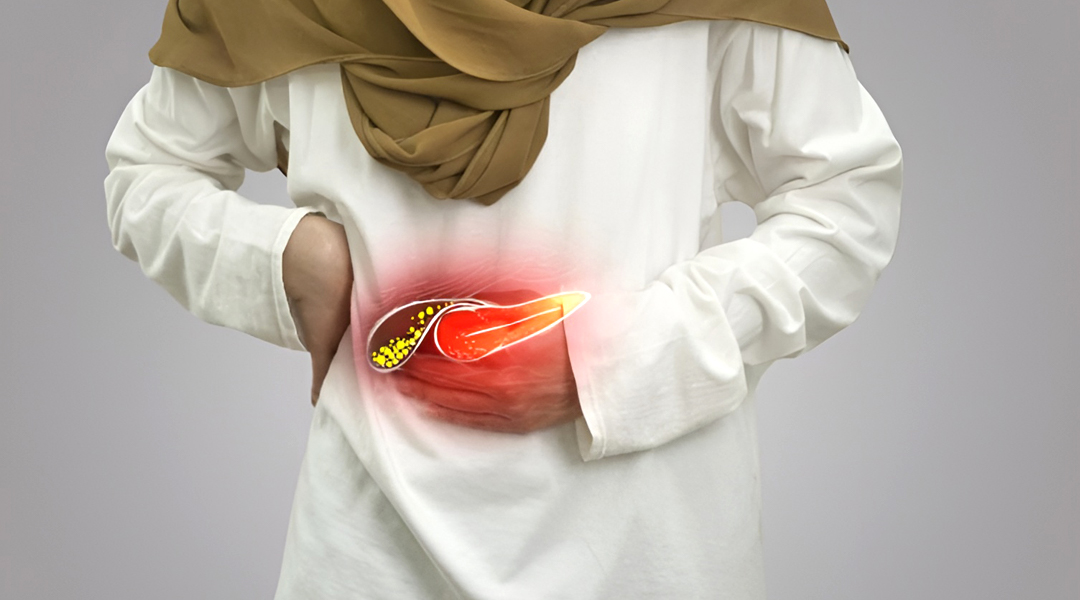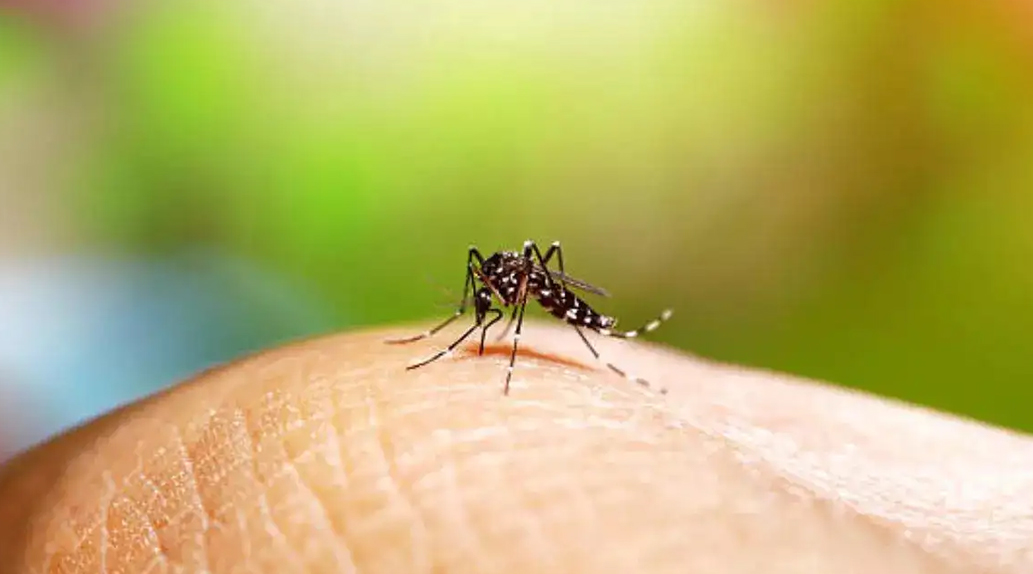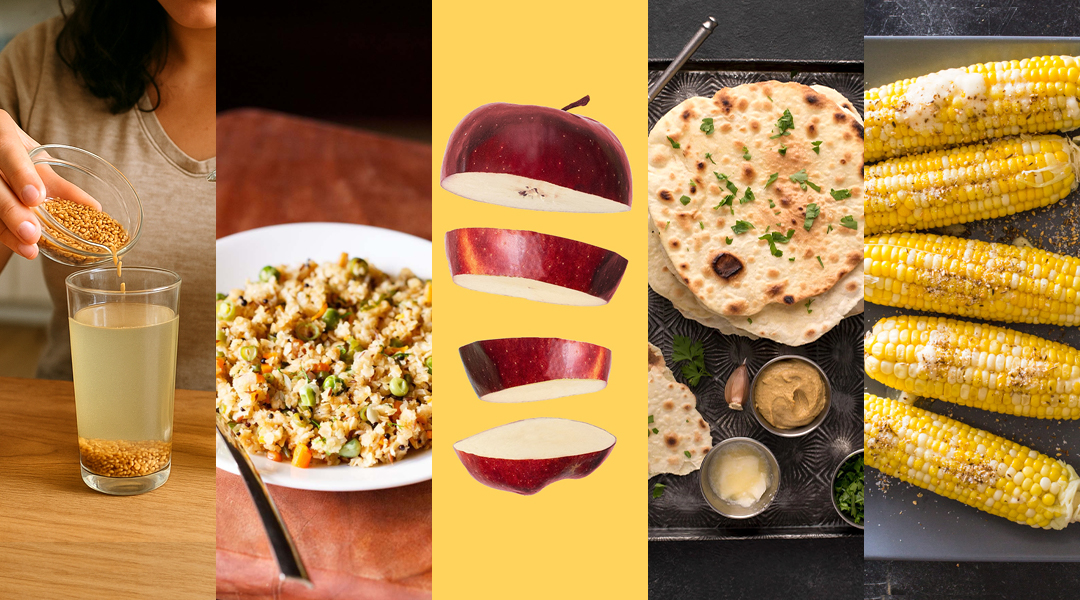Diabetes is one of the most common lifestyle diseases in India and worldwide. With changing food habits, rising stress, and sedentary routines, the number of people affected continues to grow. According to the International Diabetes Federation (IDF), India already has over 77 million diabetics, earning it the title of the diabetes capital of the world.
Managing diabetes goes beyond medication it demands the right balance of diet, physical activity, and lifestyle changes. A well-structured diet chart for diabetic patients is essential to control blood sugar, reduce complications, and maintain overall health. In this blog, we’ll share the best diet chart for 2025, including medical insights, practical meal ideas, and doctor-approved guidelines.
Understanding Diabetes and Diet
What is Diabetes?
Diabetes mellitus is a chronic condition where the body either does not produce enough insulin or cannot effectively use the insulin it produces. This leads to high blood glucose (sugar) levels.
Types of Diabetes
- Type 1 Diabetes – An Autoimmune condition where the pancreas produces little or no insulin.
- Type 2 Diabetes – Most common type; the body becomes resistant to insulin.
- Gestational Diabetes – Develops during pregnancy and usually resolves after childbirth.
Why Diet Matters for Diabetic Patients
A healthy diet is one of the most powerful tools for managing diabetes. Here’s why it matters: It not only controls blood sugar but also improves long-term quality of life.
- Keeps blood sugar stable – The right foods prevent sudden highs and lows in glucose.
- Prevents complications – Good nutrition lowers the risk of heart problems, kidney issues, and nerve damage.
- Supports weight control – Balanced meals make it easier to maintain a healthy weight.
- Boosts energy – Eating well helps you stay active and feel less tired.
- Strengthens immunity – Nutritious foods improve overall health and protect the body against infections.
The Role of Diet in Diabetes Management
What you eat has a direct impact on your blood sugar. That’s why following a proper diet chart for diabetic patients is just as important as taking medicines. Eating the right foods in the right portions helps control sugar levels, gives you more energy, and lowers the risk of serious health issues like heart disease or kidney problems.
A diabetes-friendly diet also supports healthy weight management and prevents sudden spikes in blood sugar. With the right guidance, patients can enjoy a variety of tasty, nutritious foods while keeping diabetes under control.
Key Components of a Diabetic Diet
Balanced Macronutrients
A good diabetic diet should have the right mix of carbohydrates, proteins, and fats.
- Carbs: Choose whole grains, dals, and vegetables for slow, steady energy.
- Proteins: Add foods like lentils, fish, paneer, or chicken to stay full and strong.
- Fats: Include small amounts of healthy fats from nuts, seeds, or olive oil to support heart health.
Fiber-Rich Foods
Fiber is your friend when it comes to diabetes. It slows down sugar absorption and keeps digestion smooth. Vegetables, fruits with skin, whole grains, and legumes are great options to add fiber to your daily meals.
Controlled Portion Sizes
Even healthy foods can raise sugar levels if eaten in large amounts. Eating smaller, balanced portions throughout the day helps keep your blood sugar steady. Following a personalized diet chart makes portion control easier.
Importance of Hydration
Along with food, water is essential for managing diabetes. Staying hydrated helps regulate blood sugar, supports kidney health, and flushes out toxins. Aim for at least 8 glasses of water daily. Herbal teas, soups, and infused water are also good options. Avoid sugary drinks and limit caffeine.
Creating a Personalized Diet Chart
Since every patient is different, a one-size-fits-all plan doesn’t work. Age, lifestyle, and health history all affect what diet will suit you best. At hospitals, dietitians create customized meal plans using common Indian foods like millets, dals, vegetables, and lean proteins. This makes it practical and easier to follow daily.
A well-designed diabetic diet chart not only helps control blood sugar but also boosts immunity and overall health.
Sample Indian Diet Chart for a Diabetic Patient
Time | Meal | Food Options |
Morning (6:30 – 7:30 AM) | Early Morning Drink | Warm water with methi (fenugreek) seeds (soaked overnight), 5–6 soaked almonds & walnuts |
Breakfast (8:00 – 9:00 AM) | Main Breakfast | Vegetable oats upma / Multigrain dosa with chutney + 1 boiled egg/sprouts salad + 1 cup green tea / black coffee (no sugar) |
Mid-Morning Snack (11:00 AM) | Light Snack | 1 small apple / guava + Handful of roasted chana |
Lunch (1:00 – 2:00 PM) | Main Lunch | 2 multigrain rotis / 1 cup brown rice / quinoa + Dal or sambar (low oil) + 1 cup vegetable curry (bhindi, beans, cabbage) + Grilled chicken / paneer / fish (optional) + Salad (cucumber, tomato, carrot) |
Evening Snack (4:00 – 5:00 PM) | Healthy Snack | 1 cup green tea with roasted makhana / boiled corn + 1 boiled egg white/sprouts |
Dinner (7:00 – 8:00 PM) | Light Dinner | 2 multigrain rotis / millet khichdi + Light vegetable curry (lauki, tinda, ridge gourd) + 1 bowl dal / chicken soup |
Bedtime (9:30 – 10:00 PM) | Night Drink | 1 cup warm turmeric milk (low-fat, sugar-free) |
Foods to Avoid in a Diabetic Diet
Category | Foods to Avoid |
Refined Carbohydrates | White rice, white bread, maida-based foods |
Sugary Items | Sugary drinks, sweets, pastries, and ice creams |
Processed & Junk Snacks | Packaged chips, biscuits, namkeens |
High-Fat & Red Meat | Red meat, deep-fried foods |
Excess Salt & Preservatives | Pickles, packaged/processed foods, canned soups, ready-to-eat meals |
Latest Developments in Diabetes Care
Continuous Glucose Monitoring (CGM)
CGM devices let you check sugar levels in real time. This helps you understand how your diet affects your blood sugar and allows doctors to make quick adjustments to your diet chart.
Personalized Nutrition Plans
With the help of modern technology, diet plans can now be created based on how your body responds to different foods. This makes sure that each diabetic diet chart is customized, helping you manage blood sugar more effectively and stay healthy.
Telehealth and Remote Monitoring
Online consultations and mobile apps make it easier to stay in touch with your doctor or dietitian. They can check your progress remotely and suggest changes to your diet whenever needed.
Patient Education and Support
Workshops and Seminars
Hospitals often conduct sessions on healthy cooking, smart grocery shopping, and reading food labels. These programs help patients understand how to make the best food choices every day.
Support Groups
Talking to other patients who are managing diabetes can be motivating. Support groups let you share tips, experiences, and challenges, helping you stay committed to your diet plan.
Online Resources
Many hospitals provide recipes, diet charts, and articles online. These are easy-to-access resources that give patients extra guidance and ideas for daily meal planning.
Special Considerations for a Diabetic Diet in 2025
- Smart carb-counting apps now make it easier to monitor meals and track how different foods affect blood sugar spikes.
- In India, millets like Ragi, Jowar, and Bajra are becoming popular again, as doctors suggest them as healthier options instead of polished rice and refined grains.
- Plant-based protein trend – Foods like tofu, tempeh, lentils, and soy milk are gaining popularity as safe, diabetic-friendly protein sources.
- Low Glycemic Index (GI) foods – Indian staples such as brown rice, oats, barley, and green gram are becoming preferred choices for better glucose control.
- Natural sugar substitutes – Options like Stevia and monk fruit are considered safer alternatives to artificial sweeteners, reducing sugar intake without harmful effects.
Exercise & Lifestyle Tips Along with Diet
- Daily activity: Aim for at least 30–45 minutes of brisk walking, cycling, or light exercise.
- Mind-body balance: Practice yoga, meditation, and pranayama regularly to reduce stress, which plays a key role in controlling blood sugar.
- Avoid harmful habits: Quit smoking and limit alcohol consumption, as they worsen diabetes-related complications.
- Preventive care: Go to regular health check-ups, monitor HbA1c levels, and use home glucose monitors to stay on top of your condition.
Conclusion
If you are a diabetic patient, following a proper diet is one of the most important steps you can take to stay healthy. By managing diabetes through diet, you can monitor your blood sugar levels and improve your health. This meal plan is a great start, but you must consult a healthcare professional for an individualised one.
Along with lifestyle changes, regular consultations with a diabetologist are essential to manage your condition effectively and prevent long-term complications. At Tulips Multispeciality Hospital, we have experienced doctors and specialists who provide personalized care and guidance to help you control diabetes and improve your overall quality of life.
FAQs
1. What foods should I avoid if I have diabetes?
Avoid white rice, white bread, sugary drinks, sweets, deep-fried items, processed snacks, and foods high in salt. These can cause sudden spikes in blood sugar.
2. Are millets good for diabetic patients?
Yes. Millets like ragi, jowar, and bajra have a low glycemic index, release sugar slowly, and are healthier alternatives to polished rice or refined grains.
3. Can a diabetic eat fruits?
Yes, but choose fruits with a low glycemic index, such as apples, guava, papaya, and berries. Avoid overripe bananas, mangoes, and grapes in large portions.
















